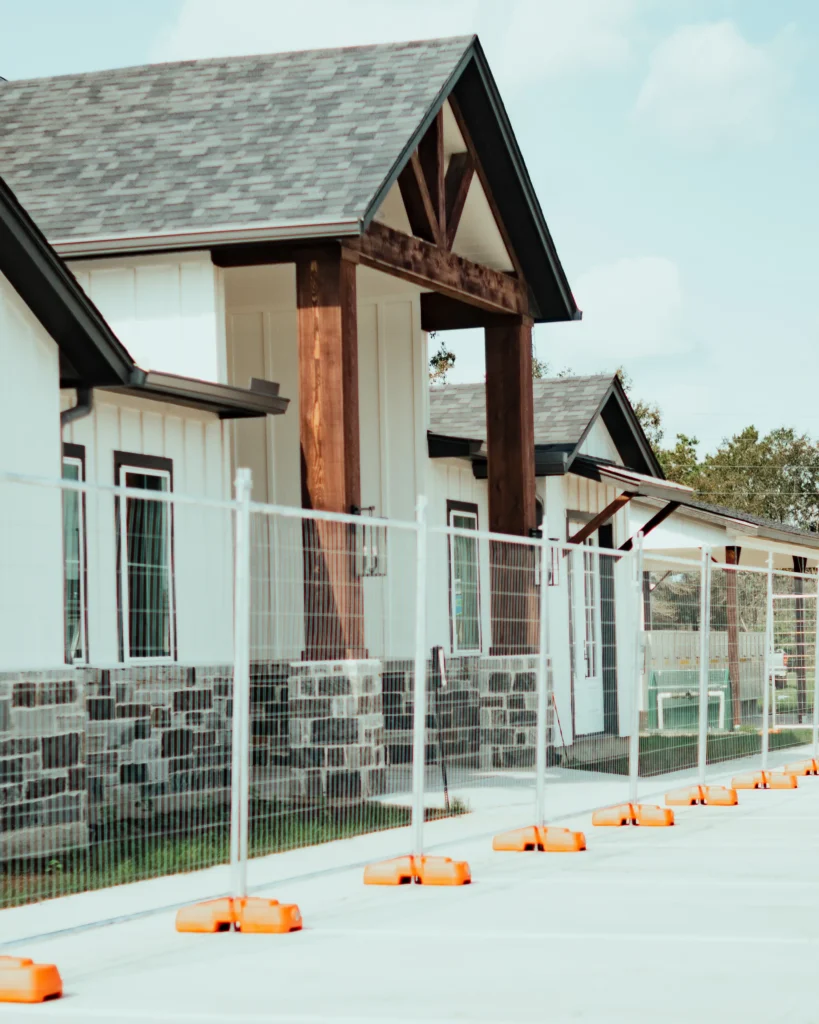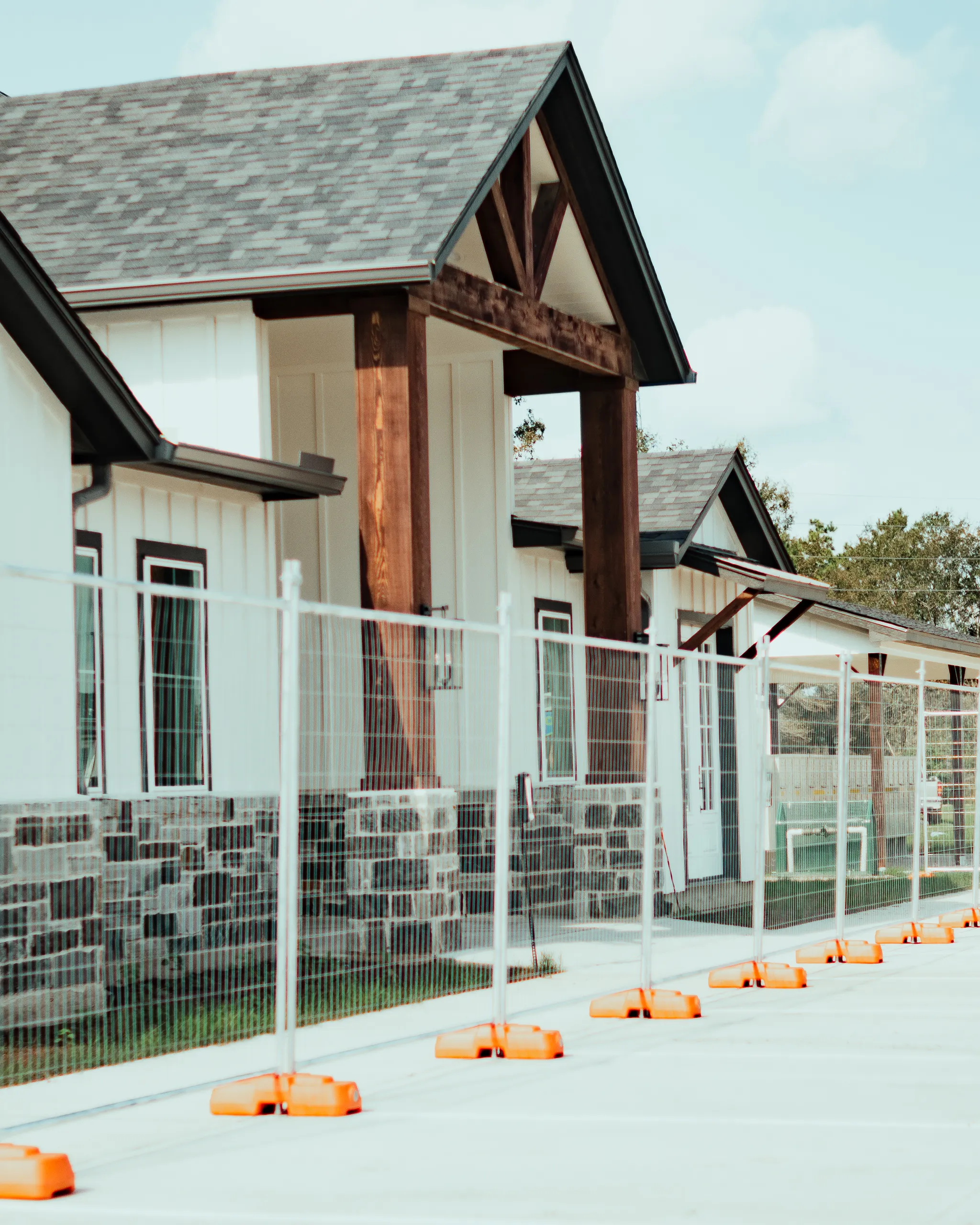Temporary fencing is a cornerstone of modern construction site management. Ensuring safety, security, and organization, it plays a vital role in maintaining operational efficiency and compliance with regulations. This comprehensive guide delves into the essentials of temporary fencing for construction sites, exploring the types, benefits, installation processes, and compliance standards that every project manager should be aware of.
Types of Temporary Fencing
When choosing temporary fencing for a construction site, it’s important to understand the different types available:
- Panel Fencing: Commonly used for its flexibility and easy assembly, panel fencing consists of individual panels that are typically linked by couplers.
- Mesh Fencing: Made from steel mesh, this type offers durability and visibility, essential for monitoring site activities.
- Barrier Fencing: Used for controlling pedestrian movement, barrier fencing ranges from simple barriers to more complex structures with security features.
Benefits of Temporary Fencing
Temporary fencing provides several key advantages for construction sites:
- Safety: Protects workers and visitors from hazardous areas, preventing accidents.
- Security: Helps prevent unauthorized access, reducing the risk of theft and vandalism.
- Compliance: Meets local safety regulations and standards, ensuring legal compliance.
- Efficient Site Management: Defines work zones, organizes material storage areas, and facilitates smooth site operations.
Installation Process
Installing temporary fencing is straightforward but should be done carefully to ensure stability and effectiveness. Here’s a step-by-step overview:
- Site Assessment: Evaluate the site to determine the fencing layout, considering access points and hazardous areas.
- Material Selection: Choose the appropriate type of fencing for the specific needs of the site.
- Assembly: Begin by placing the base supports, ensuring they are stable and level. Attach the fencing panels or barriers securely, using the appropriate connectors or clips.
- Inspection: Once installed, inspect the fencing to ensure it’s secure and in accordance with safety standards.
Compliance Standards
Compliance with local and international standards is critical for construction site safety. Familiarize yourself with the following guidelines:
- OSHA Regulations: The Occupational Safety and Health Administration sets forth requirements for perimeter security and safety measures.
- ISO Standards: Compliance with International Organization for Standardization ensures high-quality and reliable fencing.
- Local Building Codes: Each region may have specific building codes that must be adhered to for temporary fencing.
Maintenance and Inspection
Regular maintenance and inspection of temporary fencing are essential. Here are some best practices:
- Routine Checks: Inspect fencing for damage, wear, or instability frequently.
- Weather Adaptations: Ensure fencing can withstand local weather conditions, especially high winds or heavy rains.
- Repairs: Promptly repair any identified issues to maintain safety and security.
Conclusion
Temporary fencing is an integral part of construction site management. By understanding the different types, benefits, installation processes, and compliance standards, you can ensure a safe, secure, and efficient work environment. Regular maintenance and adhering to best practices further enhance the effectiveness of your temporary fencing solution.
Investing time and resources in proper fencing not only protects your assets and personnel but also streamlines site operations, keeping your project on track and compliant with regulatory standards.




